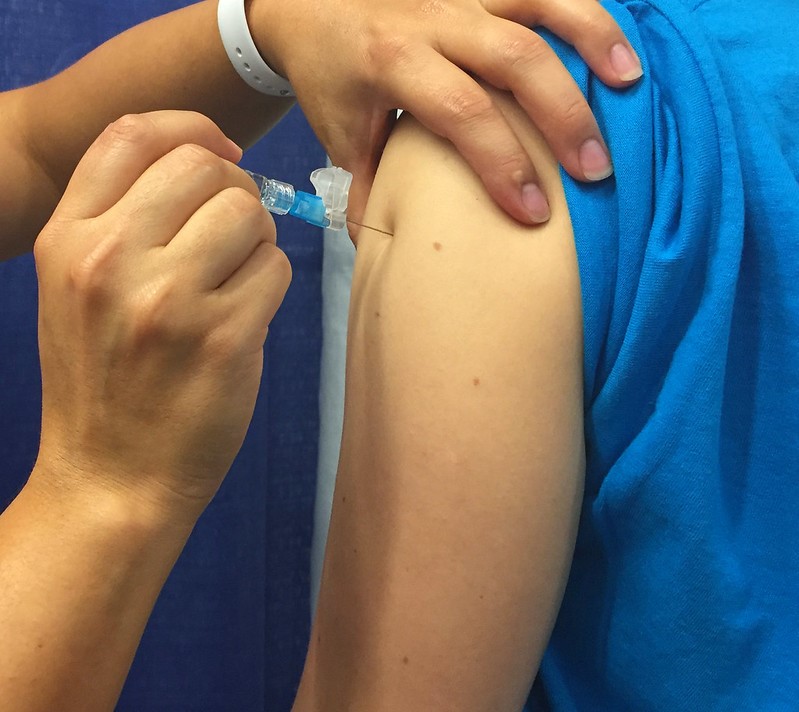
University of Pittsburgh scientists report in Vaccine that, in adults, both recombinant influenza vaccine (RIV4) and standard-dose influenza vaccine (SD-IIV4) have low to modest effectiveness against influenza hospitalization, but RIV4 provides better protection compared with SD-IIV4 overall, with notable added protection in women, working-age adults, and those with no high-risk conditions.
The retrospective test-negative case-control study was based on hospitalizations and electronic medical records from a large US health system in the 2018-19 and 2019-20 flu seasons. The main outcome was the relative vaccine effectiveness (rVE) of RIV4 compared with SD-IIV4 among adults ages 18 and older. RIV-4 is Flublok Quadrivalent, made by Protein Sciences Corporation without using eggs. The authors compared it to five SD-IIV4 vaccines.
A total of 14,590 case-patients hospitalized for acute respiratory infections were included in the study, of which 3,338 were vaccinated with RIV4 and 976 were vaccinated with SD-IIV4. The other case-patients were unvaccinated against flu. Test results showed 12% were positive for influenza (1,803).
Influenza patients were mostly white (80%), had a high-risk condition (70%), and 65 years or older (53%). The patients who had been vaccinated with RIV4 were more often non-white, aged 65 years or older, and had more high-risk conditions than those who received SD-IIV4.
31% greater protection for recombinant vaccine
Overall, the vaccine effectiveness of RIV4 was 36% against influenza hospitalization (95% confidence interval [CI], 27% to 45%) and for population subgroups based on sex, age and risk conditions. The VE of SD-IIV4 was significant overall (24%; 95% CI, 6% to 38%) and for males and younger adults, but not for other subgroups. Overall rVE was 31% (95% CI, 11% to 46%).
Subgroup analyses by age and risk group showed significant rVE for RIV-4 among women (rVE of 37%; 95% CI, 13% to 54%), adults 18 to 64 years old (rVE of 28%; 95% CI, 3% to 46%) and for those without high-risk conditions (rVE of 60%; 95% CI, 29% to 78%).
"Relative vaccine effectiveness of RIV4 compared with SD-IIV4 was significant for all adults and for younger and healthier recipients," the authors concluded.
 Results of an ongoing phase 2 clinical
Results of an ongoing phase 2 clinical 












